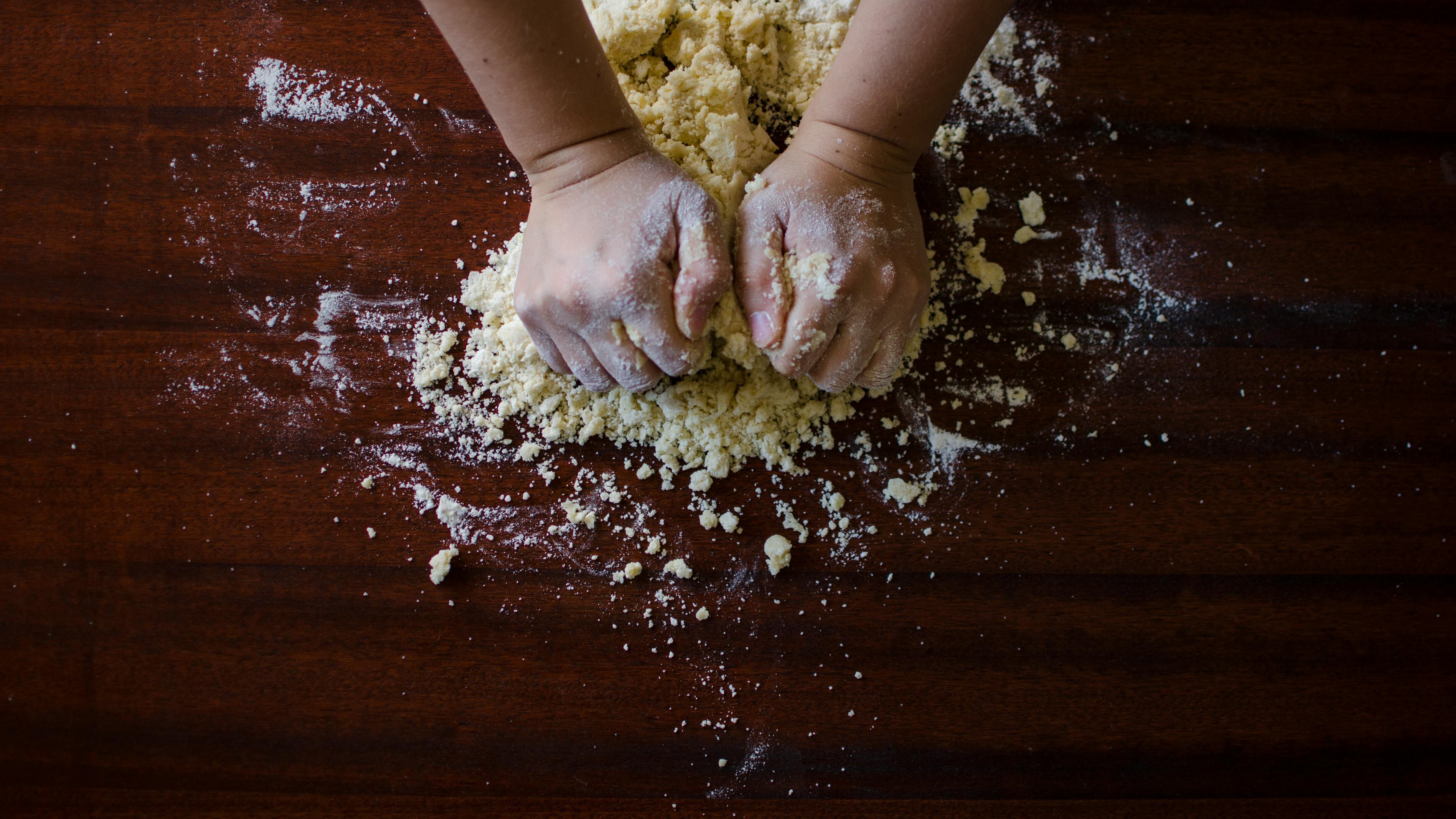With all due respect to our favorite local edible brands, there’s an incredible satisfaction that comes from making your own medicated treats—especially during baking season.
The truth is, many edibles in your neighborhood dispensary are produced using isolates—affordable alternatives to whole-plant infusions. On top of that, eating rather than inhaling decarboxylated cannabis (weed that is heated to activate THC and CBD) offers a whole different experience. When cannabis is smoked, cannabinoids hit the bloodstream immediately. With ingestion, on the other hand, the liver transforms THC into 11-hydroxy-THC. This metabolic byproduct is far more potent and has a longer half-life than THC. It may also result in an enhanced psychotropic trip.
Leading up to Thanksgiving, we decided to share a recipe to help you take the edge off of what may be a prickly family get-together or just visit the astral plane while eating cornbread. Here’s where to start:
Do your weed math: The recommended dose for edible newbies is about 1 to 2.5 milligrams of THC. There are 1,000 milligrams in 1 gram. That means if you start with 10 grams of cannabis with a THC percentage of around 20, you’d be left with 2,000 milligrams of THC once your extraction process was complete. Always do your weed math before you begin cooking so you know the potency of your extract.
Decarboxylation: When making edibles, cannabis flowers can be decarbed in an oven heated to approximately 220 degrees for 30 to 40 minutes. Grind your weed, spread it on a baking sheet (pro tip: Line your sheet with parchment paper), pop it in the oven, stirring once to make sure the cannabis doesn’t burn. Once done, let the flower rest until it’s back down to room temperature.
Infusion: Several oils are superb cannabinoid carriers, including vegetable, canola and olive. One of the most versatile is coconut oil, and it’s a solid choice here. Use an approximate 1-to-1 ratio of oil to cannabis (7 to 10 dry grams, or about a cup, to one cup of oil).
Make your infusion by adding the decarbed weed and oil to a saucepan (or slow cooker, or double boiler) and simmer on low heat for two to three hours, making sure the temperature of the oil stays between 160 to 200 degrees. Remove from heat and strain through a cheesecloth or mesh strainer. Only wring the plant matter into the oil manually if you love the grassy taste of weed; otherwise, let it slowly strain. Now that you have your own bakery-ready cannabis infusion, let’s cook!
Pumpkin Pothead Bread
Yield: 2 loaves
2 cups all-purpose flour
1/2 teaspoon salt
1 teaspoon baking soda
1/2 teaspoon baking powder
1 teaspoon ground cinnamon
1 teaspoon ground nutmeg
1 teaspoon allspice
1 1/2 sticks unsalted butter, softened
1 1/2 cups sugar
2 large eggs
1 15-ounce can pumpkin purée
Preheat the oven to 325 degrees with the oven rack in the middle position. Grease two 8-by-4-inch loaf pans with butter or baking spray.
Mix wet and dry ingredients separately, then slowly fold the dry mix into the wet batter. Separate that into the loaf pans.
Use a measuring spoon and then drip your infusion (use your weed math to get your numbers correct) across the top of the loaf, spreading and very gently blending it in. Bake for 65 to 75 minutes, or until a toothpick inserted in the center comes out clean.
Storage tips: Now that you have your oil, make sure to keep it in an airtight container, preferably glass, and store it somewhere cool, dry and dark. Use it sparingly on items like pasta or salad to get an understanding of just how versatile it can be.
